The beauty world has been quietly shifting away from heavily pigmented, high-contrast makeup looks toward something far more nuanced and refined. Across runways, red carpets, and social media feeds, a new aesthetic has emerged – one that prioritizes subtlety over shock value, harmony over drama. This is the era of low-saturation makeup, where sophistication lies in what you don't see as much as what you do.
Unlike the Instagram makeup trends of the late 2010s that celebrated blinding highlights and carved-out contour, low-saturation makeup creates dimension through barely-there gradations of color. The effect is neither flat nor overly done – it exists in that magical middle ground where skin looks like skin, just more luminous and perfected. What makes this approach particularly modern is its adaptability; it works equally well for a boardroom presentation or a black-tie gala because it enhances rather than obscures the wearer's natural beauty.
The foundation of this aesthetic begins with skin preparation. Unlike full-coverage foundations that create a blank canvas (and often require heavy blush/bronzer to add color back in), low-saturation makeup starts with skincare-infused bases that allow natural texture to show through. Tinted moisturizers, skin tints, or thin layers of serum foundation applied strategically only where needed create that elusive "my skin but better" effect. The key is to avoid completely masking the subtle color variations that make human skin look alive – a faint flush here, a slight shadow there. These natural nuances become part of the final look rather than obstacles to be concealed.
Color selection separates amateur attempts from truly masterful low-saturation applications. Where traditional makeup often employs primary-adjacent shades (true reds, vivid corals, stark whites), the sophisticated version lives in the realm of muted tertiaries. Think dusty roses instead of bubblegum pinks, taupe-tinged bronzers rather than orangey ones, grayish lavenders in place of vivid purples. These complex, broken-down colors mimic how pigments naturally appear when filtered through human skin rather than sitting on top of it. The effect is harmonizing rather than attention-grabbing.
Application techniques follow the same less-is-more philosophy. Cream and liquid formulas tend to work best because they meld with the skin rather than sitting atop it. Fingers often prove superior to brushes for this very reason – body heat helps products sink in while the slight unevenness of manual application prevents that overly perfected, airbrushed look. Blending extends far beyond the initial placement, with artists frequently stepping back to assess how makeup looks from conversational distance rather than mirror proximity. The goal isn't to eliminate all signs of application but to create soft edges that the eye interprets as natural shadow or flush.
Eye makeup in this style avoids harsh lines and extreme contrasts. Instead of black liquid liner, try smudging a deep charcoal pencil along the lash line and diffusing it upward. Matte shadows in putty-like tones (soft ochres, hazy mauves) applied with a light hand add subtle definition without creating obvious "eye makeup." For those who want dimension, layering translucent shadows creates depth through overlapping veils of color rather than stark light/dark contrasts. Even mascara application shifts – instead of building to maximum volume, one to two coats in brown or gray-black enhances lashes while keeping them looking plausibly natural.
Cheek color follows the same principles of restraint and harmony. The trending "underpainting" technique – applying cream blush/bronzer before foundation – works beautifully here, creating a glow that appears to emanate from within rather than sitting on the surface. For powder formulations, choosing shades only slightly more saturated than one's natural flush and applying them further back on the cheeks (near the hairline rather than apples) mimics how blood naturally rises to the face. The effect is subtly energizing without reading as obvious makeup.
Lips present perhaps the greatest challenge in low-saturation makeup because heavily pigmented lips can throw off the entire balanced effect. The solution lies in stains, blotted applications, or creamy formulas sheered out with balm. Neutral pinks and peaches with gray or brown undertones tend to look most sophisticated, though the occasional muted brick red or berry can work if balanced with equally subdued eye and cheek colors. The most modern approach involves slightly overdrawing the natural lip line with a tone-on-tone pencil before filling in with a coordinating but not matching shade – this creates fullness without obvious artificiality.
What truly elevates low-saturation makeup from simple minimalism to high sophistication is its relationship with light. Unlike makeup designed for flash photography or backlit smartphone screens, this approach considers how colors interact with ambient daylight. Pigments are chosen not for their panache in artificial lighting but for how they behave as natural light moves across the face throughout the day. The result is makeup that looks consistently elegant whether viewed in morning sun or candlelit dusk.
Seasoned makeup artists note that successful low-saturation application requires understanding color theory at a professional level. It's not simply about choosing pale versions of conventional shades, but about selecting hues with the right undertones to complement an individual's coloring. A mauve that makes one complexion glow might render another sallow; a beige that perfects some skin tones will ashen others. This personalized approach explains why the look resists becoming a cookie-cutter trend – it must be adapted to each face to truly work.
The finishing touches separate adequate execution from artistry. A single well-placed highlight (just above the cheekbone, never the entire cheek) catches light without glittering. Setting sprays replace heavy powders to maintain a skin-like finish. Brow hairs are brushed upward rather than filled in for feathery texture. Perhaps most importantly, the artist knows when to stop – each addition is considered for whether it enhances the whole rather than merely checking a makeup routine box.
In an era of beauty overload, low-saturation makeup offers something revolutionary: quiet confidence. It doesn't shout for attention but rewards closer inspection with its thoughtful details. As the pendulum swings away from theatrical transformation and toward nuanced enhancement, this approach provides a blueprint for sophistication that feels both timeless and thoroughly modern. The real secret? Making people wonder whether the wearer was born with such good looks rather than suspect they spent hours achieving them.
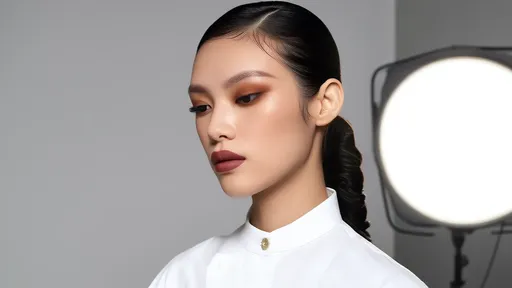
By /Jun 28, 2025
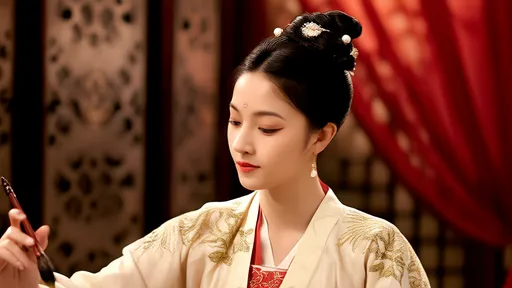
By /Jun 28, 2025
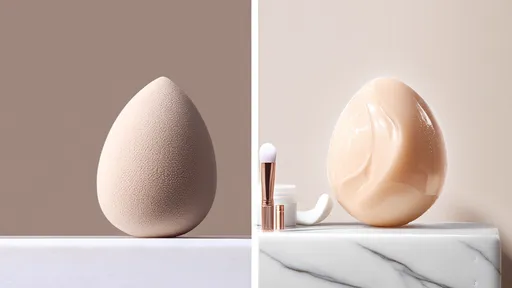
By /Jun 28, 2025
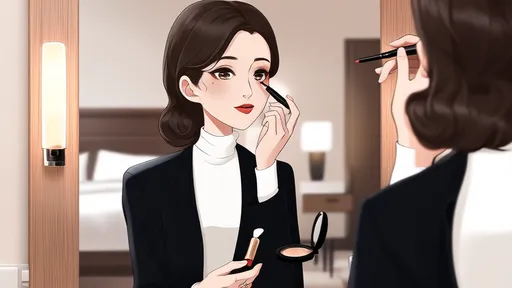
By /Jun 28, 2025
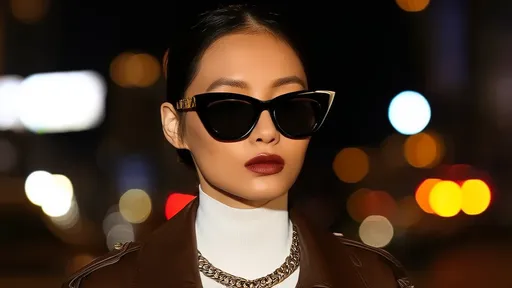
By /Jun 28, 2025
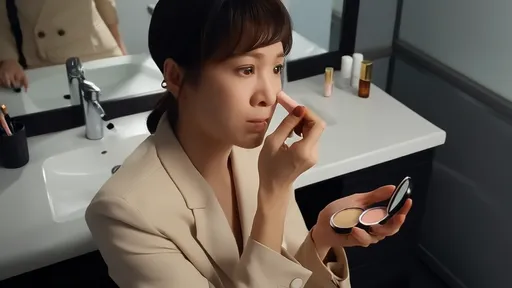
By /Jun 28, 2025
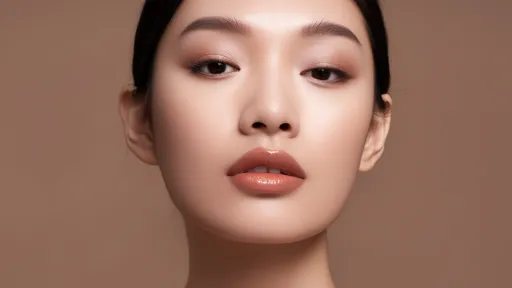
By /Jun 28, 2025
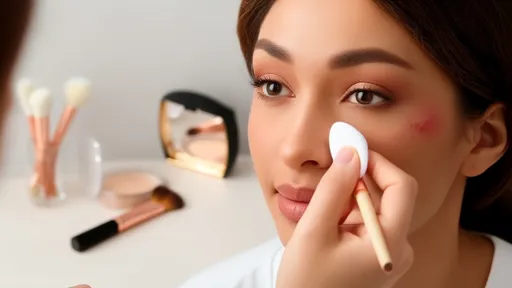
By /Jun 28, 2025
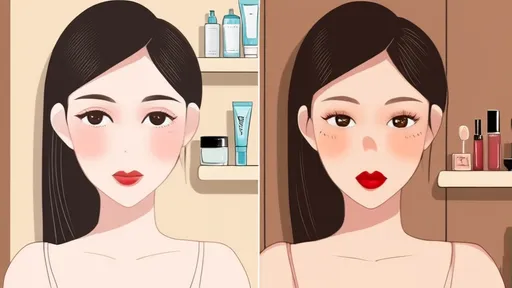
By /Jun 28, 2025
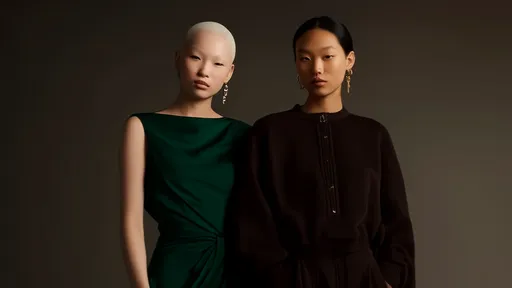
By /Jun 28, 2025
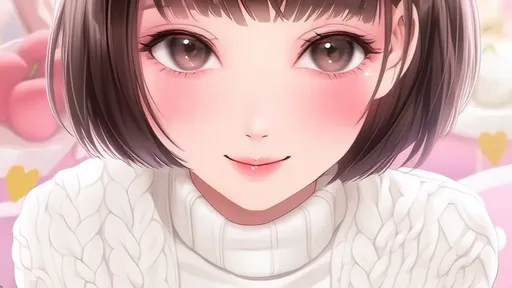
By /Jun 28, 2025
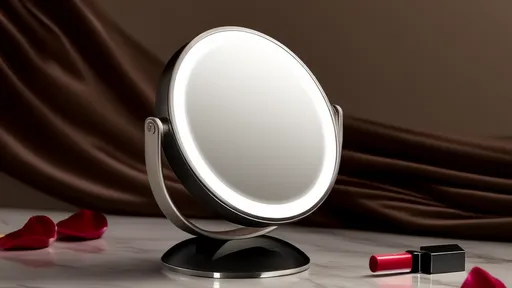
By /Jun 28, 2025
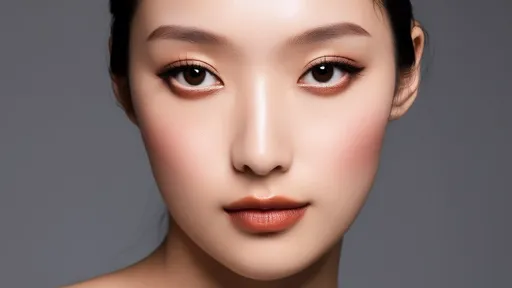
By /Jun 28, 2025
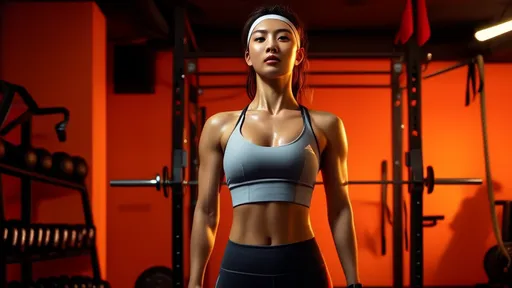
By /Jun 28, 2025
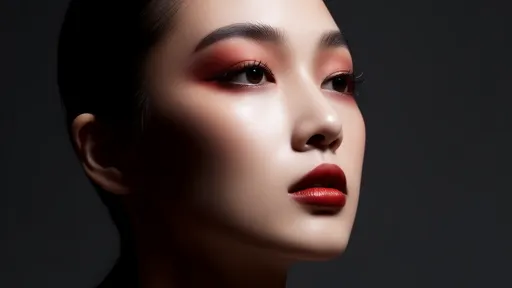
By /Jun 28, 2025
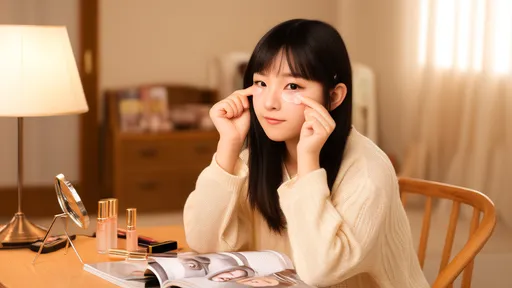
By /Jun 28, 2025
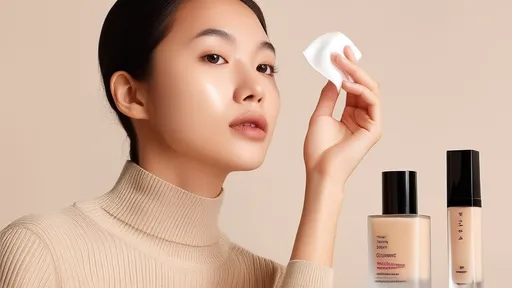
By /Jun 28, 2025